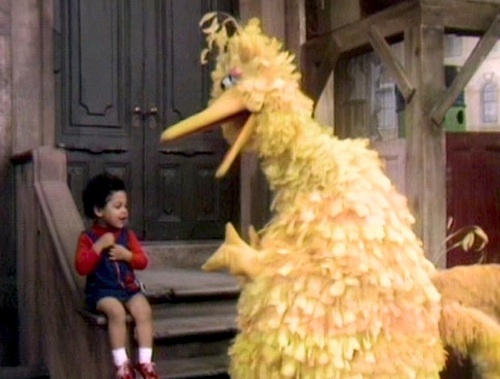
Science
Welcome to Hexbear's science community!
Subscribe to see posts about research and scientific coverage of current events
No distasteful shitposting, pseudoscience, or COVID-19 misinformation.


The Eurasian Baby-Eating Owl (Bubo sordidus)
This is slander I would never eat a baby
c'mon maybe just one bite? it looks really tender
More for me.
this looks more like a sordid lady-eating owl
The pope has been awfully quiet
I must resist the urge to make a terribly offensive Polish joke...
I found a YouTube link in your comment. Here are links to the same video on alternative frontends that protect your privacy:
Woah
That escalated quickly.
I didn't realize Neanderthals were also 'humans.' —You learn something new everyday.
I think they're actually closer to us Sapiens than Asian elephants are to African elephants or an Atlantic salmon vs a Pacific.
There were around 15 human species other than us.
Homo Neanderthalsis went extinct around 30,000 years ago, Homo Floresiensis went extinct 12,000 years ago, and Homo Sapiens are still kicking around (for now)
I thought the definition of species is a group that cannot interbreed with another group? Do you mean sub-species perhaps?
That is the the definition of species as laid out by Ernst Mayr, and it does have merit. It is a good definition but it gets a bit murkier at times, for example when polar and grizzly bears have fertile offspring, despite the polar being U. maritimus and the brown bear being U. arctos, commonly defined as different species of bear. As such, modern homo sapiens sometimes carry genes from H. neanderthalensis, but they are described as a different species to sapiens.
One issue that arises is that not all offspring between napiens and neanderthalsis were fertile.. The definition comes into question when only half the offspring between 2 ""species"" are fertile, are they different species or not?
There are multiple different concepts for defining species. The long and short of it is that species are not a fact of nature but a useful construct for us to be able to describe it.
Some other factors that are used to distinguish species:
-
- The organisms are biologically capable of reproducing, but their genitals are incompatible and prevent it from happening outside of a lab setting.
-
- A behavioral difference prevents individuals from different groups from reproducing. For example, several bat species have recently been redefined as multiple species by scientists because they’ve found that they communicate at different frequencies and they aren’t always even capable of hearing the other group’s communication. So even though they can interbreed, they don’t.
-
- Geographical separation combined with physical and/or behavioral differences. If two groups never interbreed and you can consistently distinguish them from each other, it might be worth considering them separate species. This comes into play a bit more when it comes to conservation efforts because there is incentive in labeling a unique population as its own species, in order to make it more apparent that the group is endangered even if it is technically capable of breeding with another group that isn’t endangered.
-
- Two groups are capable of interbreeding, but have enough differences that hybrids between them are less fit and tend to die before reproducing even if they are fertile. If you have a population of lizards that is good at swimming but bad at climbing and a closely related population that is good at climbing but bad at swimming, their offspring might just be bad at both and struggle to get food. Even if they regularly reproduce with each other, the genetic impact of that on either group is negligible because only the non-hybrids are making babies.
-
- Morphological differences. If two things just look really different, we can call them different species. This is especially true for organisms that don’t reproduce sexually and for fossil species. There’s no way to test if a Tyrannosaurus could have a baby with a Velociraptor, but odds are it couldn’t. Truthfully it gets even more complicated with fossil organisms and can sometimes come down to scientists saying “the ankle bone developed a little knob around 76 million years ago and 10 million years is a long time to be considering these fossils all of the same species, so we are going to use that ankle bone knob as a marker of a new species distinct from the species without the knob that came before it”.
I found a YouTube link in your comment. Here are links to the same video on alternative frontends that protect your privacy:
When you aren't a chud anthropology is the most interesting fucking thing in the world.
Yeah, Neanderthals and other close neighbor species are widely considered people at the very least, if not full human status. They had culture just like early homo sapiens did.
There were a half dozen or so species of human that would be able to interbreed with us but would also kinda feel like lord of the rings. Neanderthals were short and strong likes dwarves. Denisovans were probably very tall and thin like elves. Florensis were short kinda hobbit like. There would have been several other species of human we probably couldn't breed with but it is unclear how much we got to hang out with them. Let alone other great apes. Like, as a cave man baboons would look like orcs or goblins. They would be almost like you but stronger and less able to talk.
